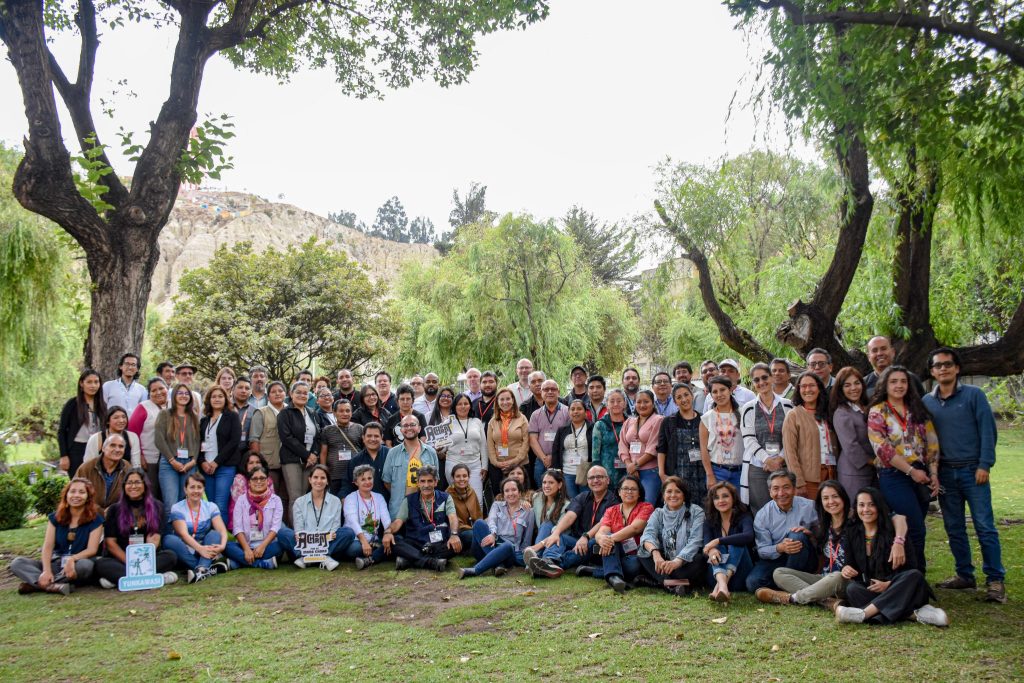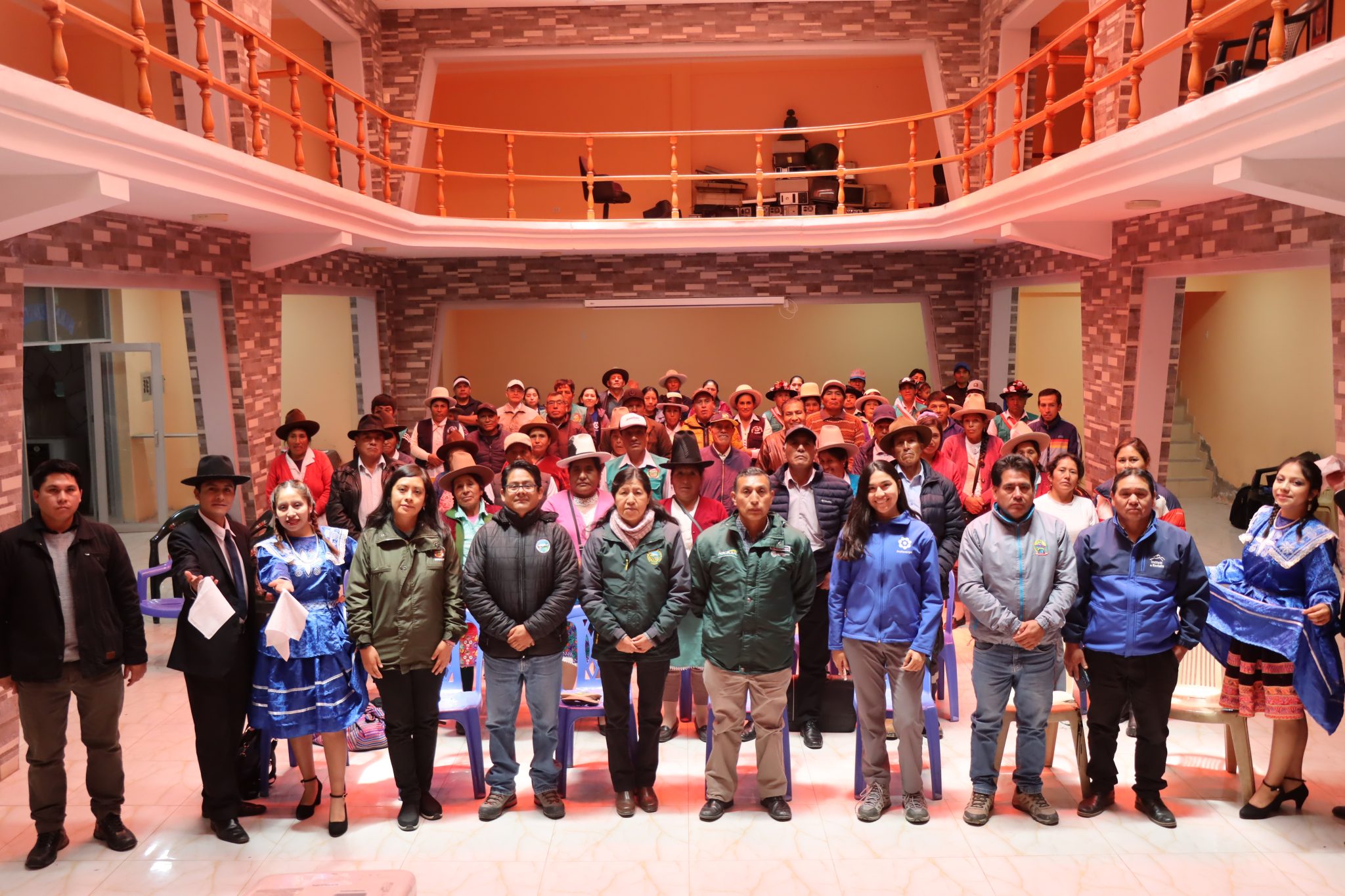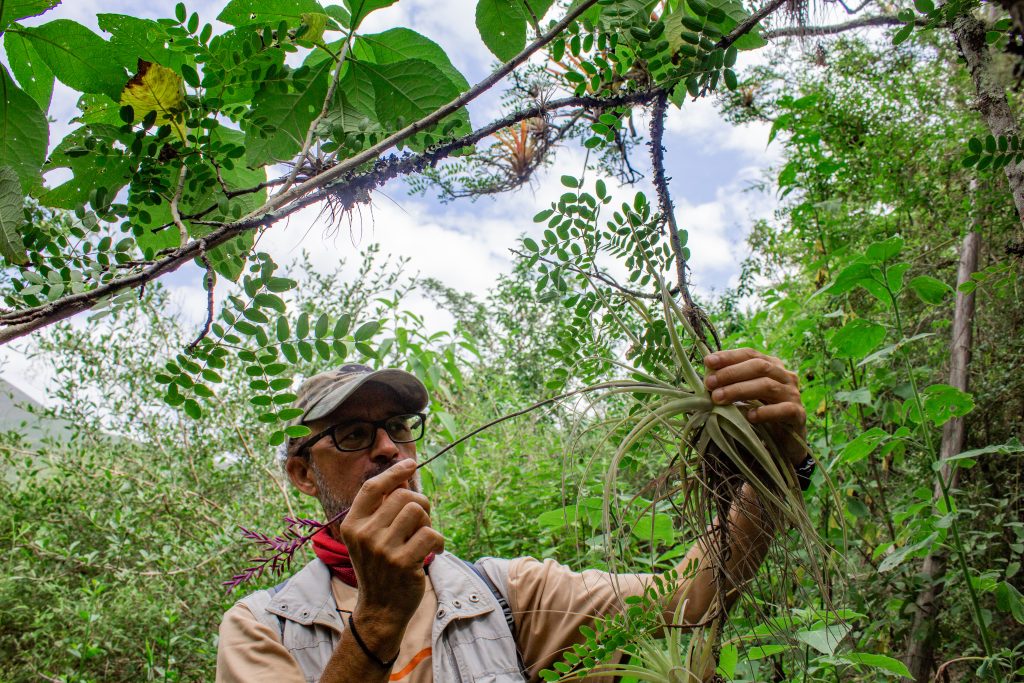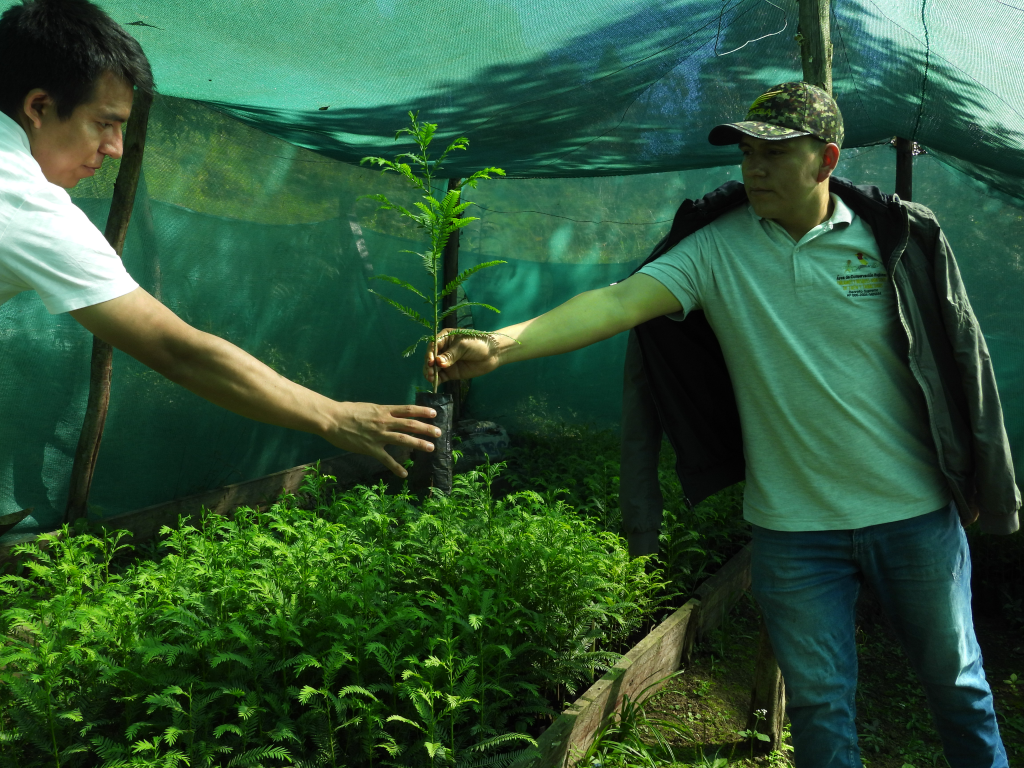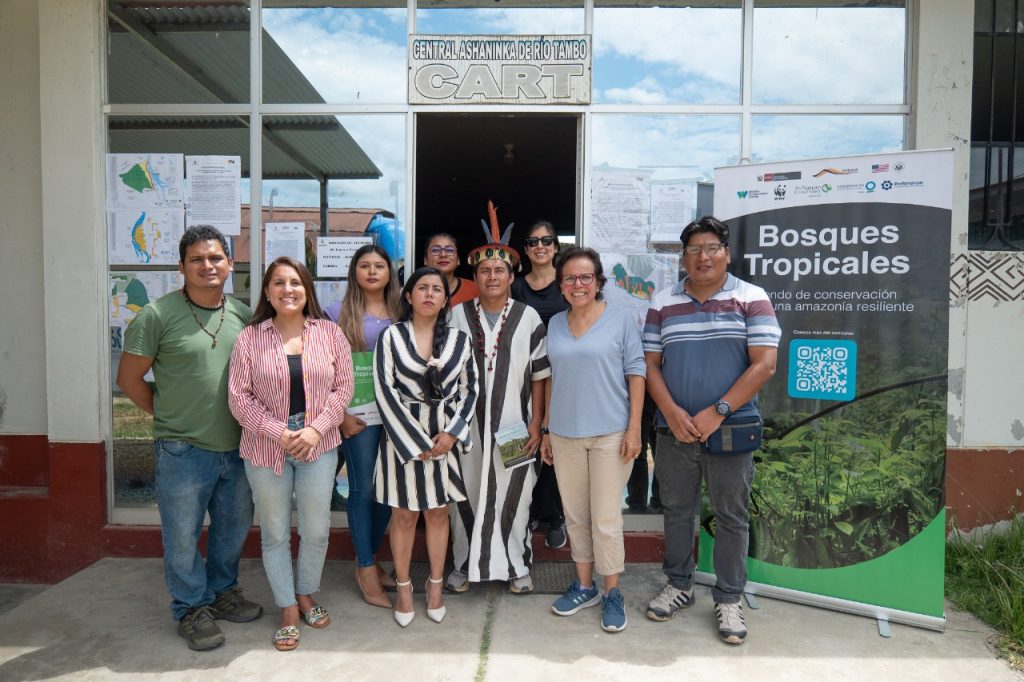Last November 14, 15 and 16, the Mid-Term Evaluation (MTE) of the Critical Ecosystem Partnership Fund (CEPF) investment Phase III was held in the Tropical Andes Hotspot, in the city of La Paz. The event brought together 70 representatives from projects in Peru, Colombia and Bolivia.
Also present were authorities from the National Protected Areas Service (SERNAP) of Bolivia, representatives of CEPF, Conservation International, the Inter-American Development Bank (IDB), and the Embassy of Japan, providing a vital space to share achievements, challenges and lessons learned.
During these three days, participants were immersed in group work dynamics, fostering interaction between projects from different countries. This collaboration allowed for a deeper understanding of the diverse realities that each initiative faces in their respective Key Biodiversity Areas (KBAs).
One of the highlights of the event were the agreements that the Bolivian Network of Trails and Connectivity reached with 3 partners for inter-institutional cooperation and the development of joint activities: the Association for the Conservation of Bolivian Birds, the Amazon Voluntary Conservation Network (Red AMA) and CODESPA.
A key point was the opportunity for the partners to evaluate the performance of the Regional Implementation Team (RIT) and CEPF itself. The mechanisms used during project implementation were brought to the table, with the intention of extracting valuable lessons that can be used for future investments.
In addition, the projects had the opportunity to participate in a pleasant and entertaining mini-fair, which allowed them to show their peers the products they have generated from their initiatives.

A valuable hotspot
Among the most prominent themes throughout the event were the gender focus, youth work and generational change, as well as intercultural work and the projects’ contributions to society. Olivier Langrand, CEPF’s Executive Director, praised the unique biodiversity of the Tropical Andes Hotspot and highlighted the positive impact of the projects throughout the three phases of investment.
“We have invested quite a bit here and expect to continue to invest in the future, as the Tropical Andes is one of the most diverse hotspots in the world”, he said.
Michele Zador, Portfolio Manager for the Tropical Andes Hotspot, emphasized the high priority of this hotspot due to its rich biodiversity and the threats it faces. “The work of partners has made the Tropical Andes one of the strongest hotspots that CEPF is working in”, she stressed.
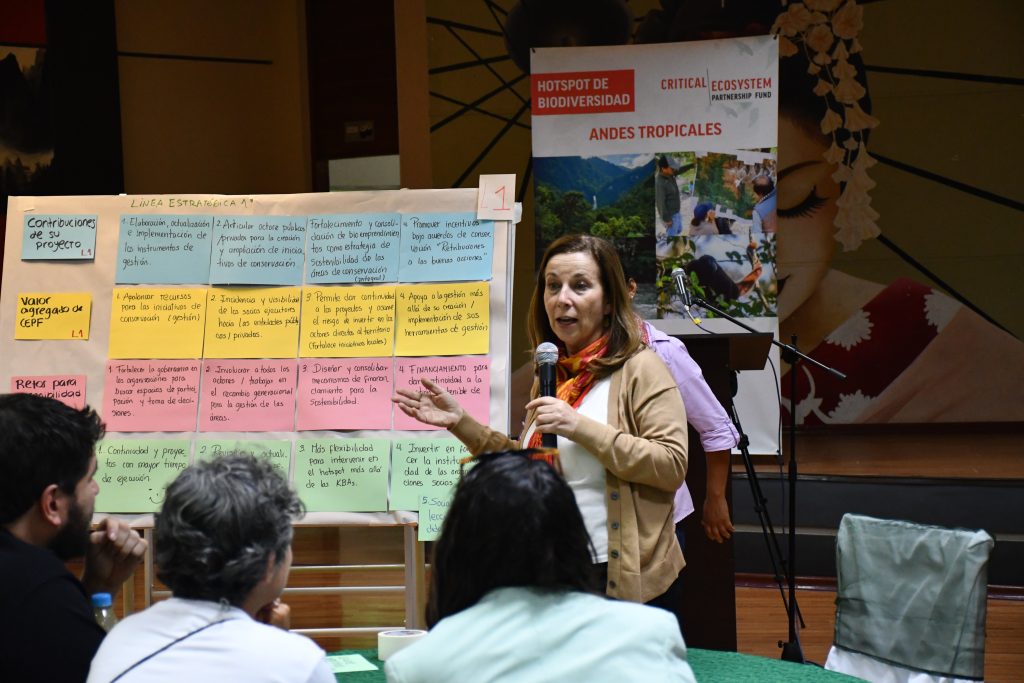
Representatives of the organizations that make up the RIT, Marco Terán, Executive Director of ACEAA; Alberto Galán, Executive Director of the Natural Heritage Fund; and Omar Corilloclla, Director of Monitoring and Evaluation of Profonanpe, also recognized the importance of this kind of event.
According to the representatives, the interactions between the partners allow the strengthening of ties between projects that, although they are executed in different parts of the hotspot, may have similarities and find possible solutions based on each other’s experiences.
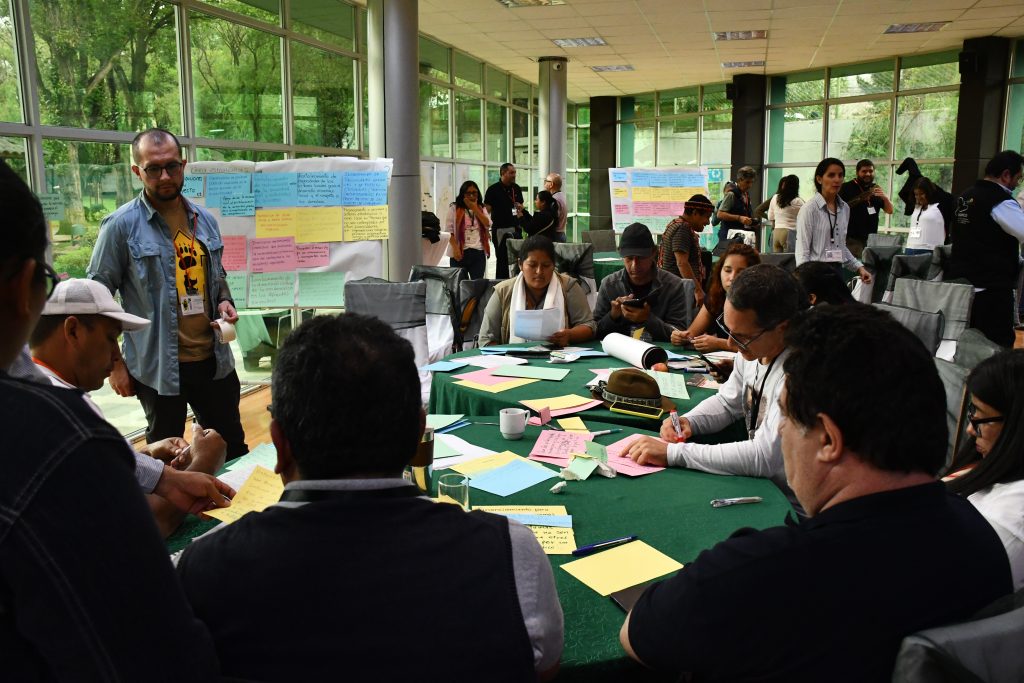
The event was organized by RIT, which includes Profonanpe, the Natural Heritage Fund, Conservación Amazónica – ACEAA, CEPF and was supported by CODESPA Foundation.
Undoubtedly, the MTE not only consolidated the progress of ongoing projects, but also laid the groundwork for future partnerships and collaborations within the Tropical Andes Hotspot, thus reaffirming the joint commitment to its conservation.


